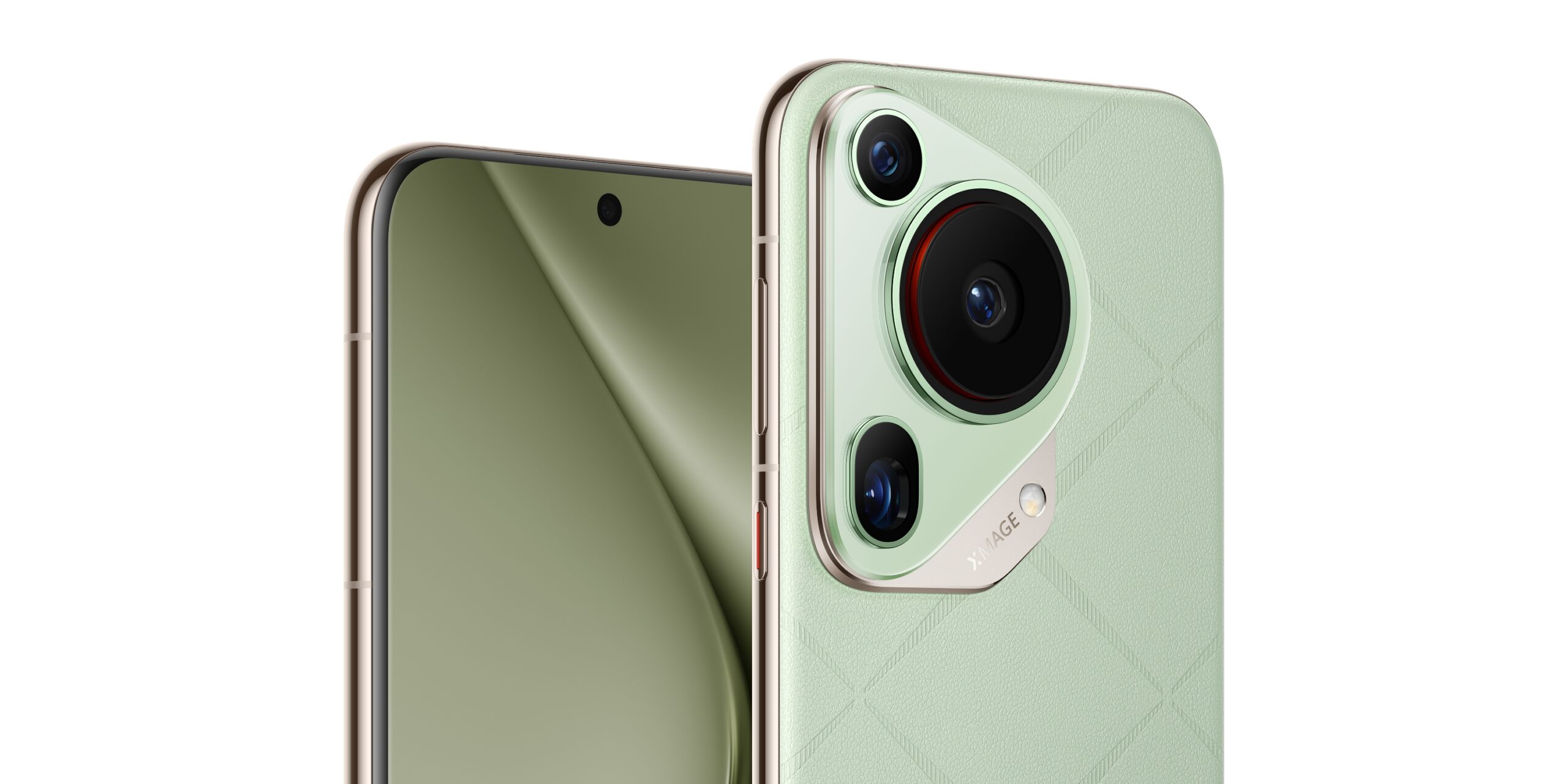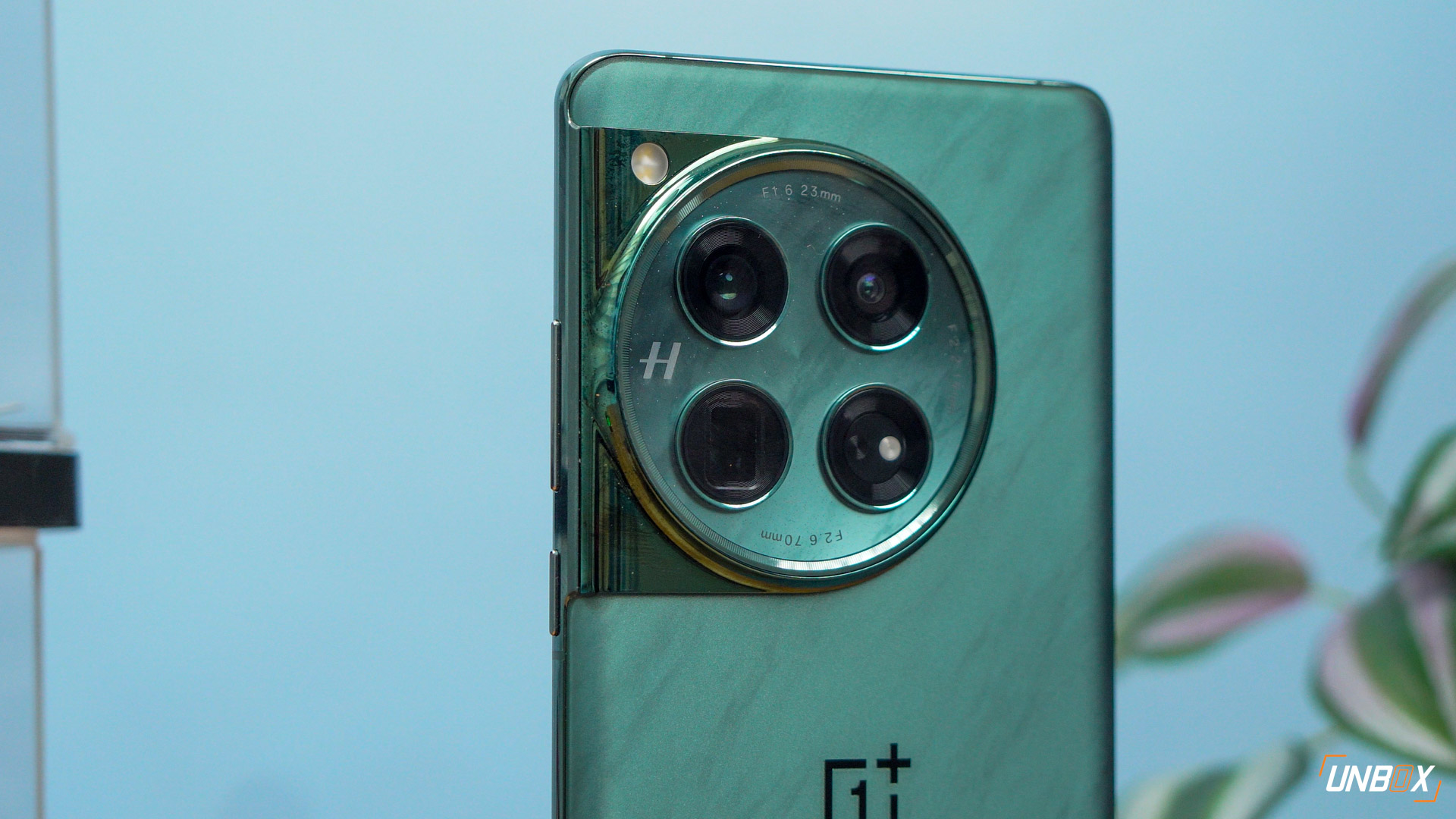We review the Redmi Note 3 Pro!
In celebration of Chinese New Year, we bring you the latest fire-breathing beast from the East. Announced last January 2016, the Redmi Note 3 Pro Snapdragon edition is Xaomi’s newest mid-range offering. It is the first to sport Qualcomm’s Snapdragon 650 processor with a 64-bit 1.8GHz hexa-core CPU that is paired with the new Adreno 510 GPU, and comes with 3GB RAM, 32GB of storage and 4,050 mAh of battery. The processor and GPU are significant upgrades from the Mediatek Helio X10 and PowerVR G6200 combo of the Redmi Note 3, as we will find out later. Apart from an engine boost, the Redmi Note 3 Pro now has a 16MP camera, up from the previous 13MP snapper of the Redmi Note 3.
The Note 3 Pro retained other features of the Redmi Note 3 such as the FHD display, the cool fingerprint sensor and the metal unibody.
Xiaomi Redmi Note 3 Pro
- 1.8GHz Qualcomm Snapdragon 650 hexa-core processor
- 2GB/3GB of RAM
- 5.5-inch full HD display, 1920 x 1080
- 16GB/64GB of expandable storage
- 16-megapixel rear camera with phase detection AF, LED flash, F/2.0 aperture
- 5-megapixel front camera, F/2.0 aperture
- Dual SIM
- 3G, LTE
- WiFi, Bluetooth, GPS, A-GPS, USB OTG, Fingerprint Scanner
- 4050mAh battery
- Android Lollipop, MIUI 7

Same design as the Redmi Note 3
The Note 3 Pro is no different from the Redmi Note 3 in the looks department. You still have the aluminium unibody, which also means a non-removable back and non-removable battery. The power button and volume rockers are placed on the right while on the left resides the SIM tray which can accommodate one micro and nano SIM. If you feel that the 32GB of storage isn’t enough, you can sacrifice one SIM slot for a micrOSD card of up to 128GB. The Redmi Note 3 doesn’t have this feature, sadly, which means if you want expandable storage you’ll have to go with the Redmi Note 3 Pro.

On the top, there is the audio jack, mic and an IR blaster for your appliances. Below you can find the USB charging port that also supports OTG. The speakers are placed on the back. As far as sound goes, it’s rather average and in some ways the speakers on the budget Redmi 2 are way louder than on the Note 3 Pro.

The Note 3 Pro is surprisingly thin for a phone with a 4,050 mAh battery. It does retain some heft and is heavier and slightly thicker than the Meizu M1 Note, due to its metal body and battery size. The Note 3 Pro is quite similar in looks with the Meizu MX5.

On the display front, the Note 3 Pro’s FHD IPS display is fairly decent though better contrast and deeper blacks are still to be desired. For example, contrast appears better in the Meizu M1 Note’s IGZO display than in the Note 3 Pro. To approximate Meizu’s display quality, one can tweak the settings for increased contrast and cooler colors.

Snadragon 650 is a beast and can go toe-to-toe with MediaTek’s Helio X10
If the Redmi Note 3 Pro looks identical to the Redmi Note 3 in looks, things are vastly different on the inside. For starters, it’s one of the first phones to use Qualcomm’s new Snapdragon 650 processor, that uses a a dual-core ARM Cortex A72 + quad-core Cortex A53 with a CAT 7 LTE modem with download speeds of 300Mbps and upload speeds of 100Mpbs. It is paired with a newer Adreno 510 GPU. Tests have shown the Snapdragon 650 to be superior to Mediatek’s Helio X10, as well as the Snapdragon 808 which is used by the high-end LG G4 and LG V10.
As expected, the Note 3 Pro’s monster processor scored a whopping 76,883 on Antutu, blowing the Helio X10 out of the water. The Helio X10 scored below 50,000 in Antutu while the Snapdragon 808 found in premium phones scored around 70,000. On paper, the Snapdragon 650 can also go toe to toe with Samsung’s Note 5 and S6 which are powered by the Exynos 7420 chipset.
User experience shows no lags even when the phone is multitasking. In our time with the device, We did not encounter any serious heating issues given the moderate to heavy use of mobile data, social media and web browsing.
The MIUI 7.1 on top of Android 5.1.1 appears to be well optimized, resulting in a smooth overall user experience. The MIU7 on older units such as the original Redmi Note appears to have caused the phone to score lower on Antutu.
The MIU7, like Meizu’s Flyme UI, does not have an app drawer, laying out all the app icons on the home screen. It may or may not work for some folks. I personally prefer the Goolge Now Launcher for its app drawer and “cleaner” look. Installing it however, requires certain tweaks in the settings and security menus.
The fingerprint sensor is fast when it comes to scanning a print at first instance and detecting the same when unlocking the phone. It takes only a few seconds to scan and save the fingerprint. The device allows for multiple fingerprints to be recognized. The fingerprint security feature is activated only after other security features such as password or PIN have been activated as well. When unlocking the phone using the power button, you are given the option to use the fingerprint scanner or type the PIN/password. It’s actually superfluous or redundant since you can simply unlock the phone directly via the fingerprint scanner.
As with Xiaomi units purchased abroad, one has to install the Google installer to be able to use the Play Store and download apps. Xioami has its own MI App Store for Chinese apps that you will likely not use. You will find their Themes useful though if you’re into customizing the look of your MIUI. However, having turned to Google Now Launcher, I no longer change MIUI themes.
LTE works well and is compatible with local networks.
Good camera quality
The Note 3 Pro comes with an improved 16 MP, f/2.0 rear camera with phase detection autofocus, dual-LED (dual tone) flash and is capable of recording videos at 1080p@30fps. It retains the typical 5MP, f/2.0 front-facing camera.
The rear camera takes good pictures outdoors and in well-lit conditions, capturing great detail even when zoomed in. It can also take decent shots even in low-light conditions indoors. Auto-focus and shutter speed are fast. Camera app settings include the usual features for manual, panoramic, beautify, as well as a fish-eye feature. It also has cool filters such as “Mosaic” “Yesterday” and “Sketch”. You can navigate these features by swiping the screen left and right.
When using the front-facing camera, the camera app will detect your face, identify you as male or female, and guess your age. Creepy. Sometimes the camera guesses right or adds a few years to your actual age, depending on how tired you may look. It’s simply discouraging to be taking selfies only to be told by the camera you look older than you are. Best to disable this feature.

Beastly battery life
We know that the Snapdragon 650 processor can push out high benchmark numbers, but how does it fare with battery life? Very well – while we weren’t able to run PCMark Benchmark on our review unit, we managed to experience around one and a half days worth of battery life with very heavy use. Battery life can be optimized by preventing background apps from auto-starting. The Snapdragon Battery Guru app can also be useful in further extending battery life.

Verdict: Another winner from Xiaomi, but it probably won’t arrive here
The Redmi Note 3 Pro was released two months after the Redmi Note 3. The Pro has a more powerful processor in the Snapdragon 650, a better 16 MP camera, and a provision for expandable memory not found in its predecessor. For a minimal price difference of about $30 as per Gearbest’s current pricing, go for the superior Note 3 Pro.
Of course at the end of every Xiaomi review, we always lament the problems of the company releasing their phones in our country, and that’s the same issue here. No local release date has been shared by Xiaomi Philippines, which isn’t a surprise by now – this is just another smartphone that would make massively popular here in the Philippines that will probably never see our shores officially.
But if you have friends in Hong Kong, you may want to ask them to buy this for you. The one we got sold for HK$1,800 with free tempered glass and jelly case, one of the best deals available out there. At an exchange rate of P6.15, that’s just P11,070, and is still lower than the price for Redmi Note 3 from re-sellers and importers you’ll find on OLX, which usually goes for P11,500 and above.













